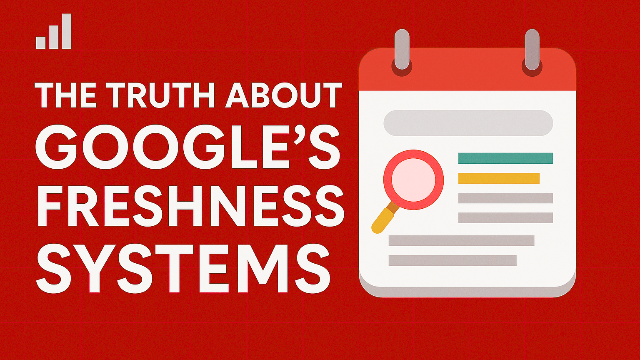Understanding Google BERT and How It Impacts SEO
Welcome to the second part of the Google Ranking Signals series on RashidToor.com. In this article, we’re going deep into BERT, one of Google’s most important updates that changed how search engines understand language.
If this is your first time exploring the series, it’s recommended that you first read the introduction post to understand the purpose, importance, and structure of this series.
Today’s post is divided into five simple parts:
- What is BERT?
- The history behind it
- How BERT works
- Its impact on Google search
- How to optimize your website content for it
What is BERT?
BERT stands for Bidirectional Encoder Representations from Transformers. It’s a Natural Language Processing (NLP) model developed by Google to help the search engine understand human language more like a real person.
It was open-sourced in 2018, and even though that may sound recent, in the AI world, it’s a significant leap.
Before BERT, search engines often struggled with understanding the actual intent behind search queries, especially when the query was conversational. BERT was introduced to fix that.
A Quick History of BERT
BERT was released by Google in October 2018, and by 2019, it became a part of Google Search globally. It was a major upgrade because it enabled context-based understanding of queries and content.
Earlier, search models processed text left to right or right to left, but not both. BERT brought bidirectional understanding, meaning it reads both ways, helping it grasp the true meaning of a sentence.
How BERT Works
BERT is based on a mechanism called a Transformer, which is designed to understand the relationship between words in a sentence.
Let’s take a basic example:
“Rashid Toor is an SEO expert.”
Older models might read “Rashid” and “Toor” separately. But BERT understands that “Rashid Toor” is a person’s name—not two separate unrelated words. It gets the context because it reads both sides of the sentence.
The Transformer model consists of two parts:
- Encoder – Understands the input text
- Decoder – Generates new text
BERT only uses the encoder since its purpose is to analyze and understand content, not generate it.
How BERT Impacts Google Search
Google uses BERT in multiple ways to improve the quality of its search results. Here are four key use cases:
Understanding Queries Better
When users type a search phrase in Google, BERT helps interpret the real intent behind the query—even if the sentence is casual or complex.
Understanding Emotions and Sentiments
BERT can detect whether a webpage’s content is positive, negative, or offensive. It helps Google identify if a page is helpful or potentially harmful.
Understanding Question and Answer Content
BERT analyzes whether a page is genuinely answering a user’s query. It goes beyond matching keywords and focuses on answer relevance.
Understanding Entities
If your content mentions places, brands, products, people, or dates, BERT can recognize these entities and use that understanding to show your page for relevant queries.
How to Optimize Your Website for BERT
If you’re a blogger, SEO specialist, or website owner, here’s how to make your content BERT-friendly:
1. Use Natural Language – Forget “Stop Words”
Earlier, SEOs used to avoid words like “to,” “from,” “with,” or “the,” thinking Google ignored them. These were called stop words.
But not anymore.
BERT uses these words to understand sentence meaning. Now, removing them can actually weaken your SEO. Whether it’s in your titles, meta descriptions, or content—write like a real human talks.
2. Avoid Keyword Stuffing – Be Real
If your page is packed with unnatural, forced, or repetitive keywords, BERT can easily detect it.
Write naturally. Don’t worry about inserting exact keywords multiple times. Focus on answering the user’s query clearly and conversationally.
Google is no longer just matching keywords—it’s understanding content meaning. So speak your reader’s language, not a search engine’s.
Final Words
BERT is not just another algorithm update—it’s a shift in how Google understands language and intent. It moved search from keyword-based to meaning-based.
As a content creator, your goal should be to:
- Write naturally
- Answer questions clearly
- Use conversational tone
- Include relevant entities
By doing this, you’re not just helping BERT—you’re helping real people who come to your site for answers.
If you have any questions about BERT feel free to leave a comment below or explore other guides here on RashidToor.com.






